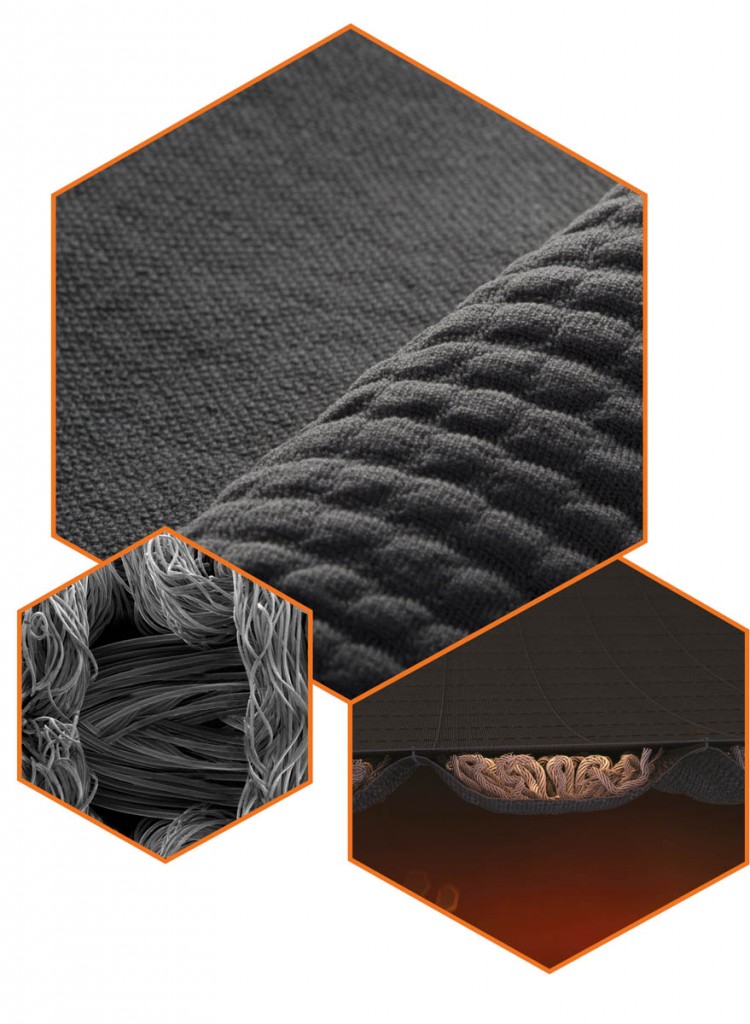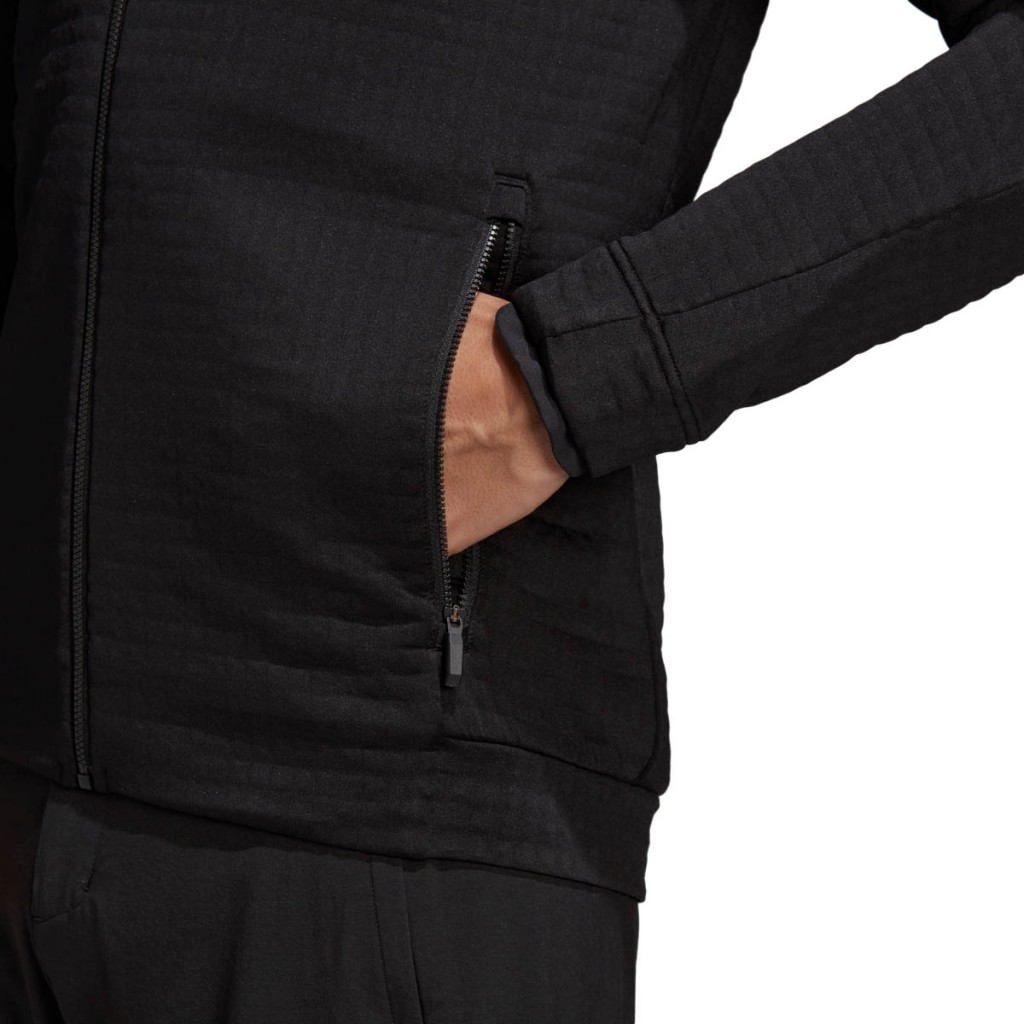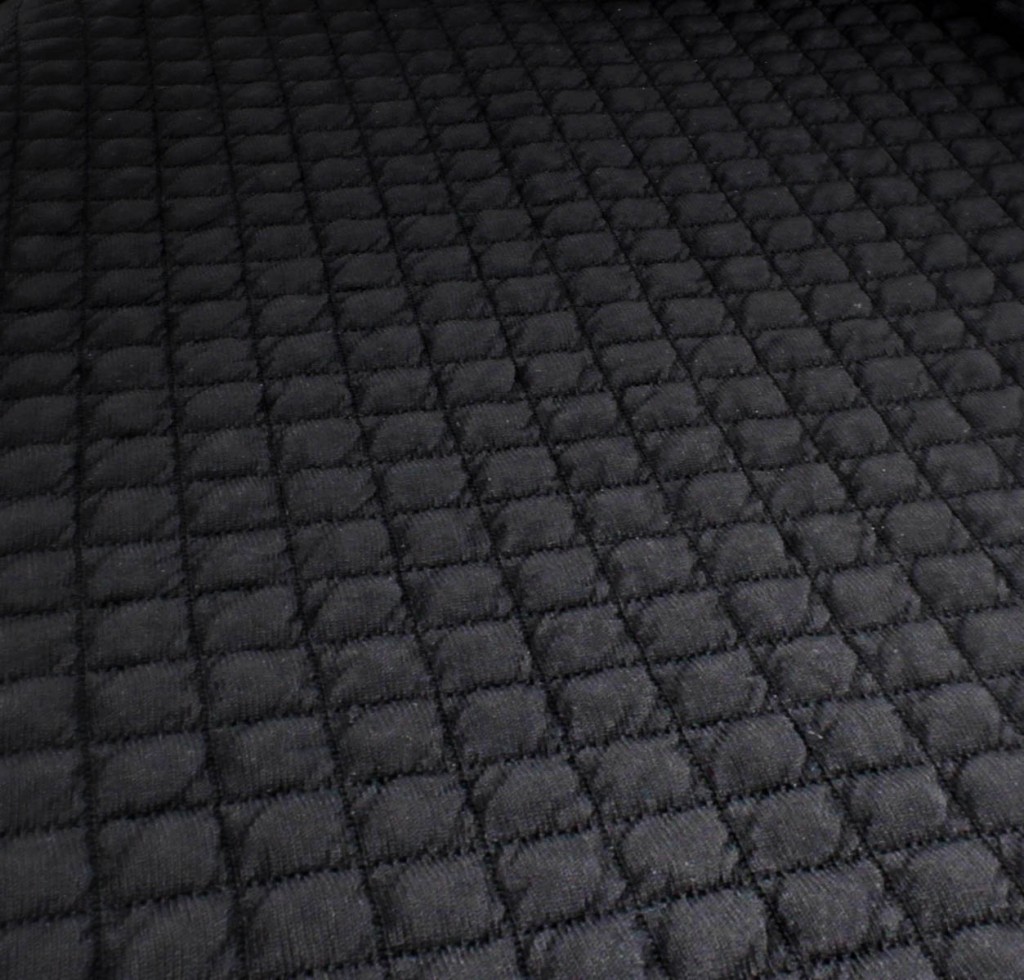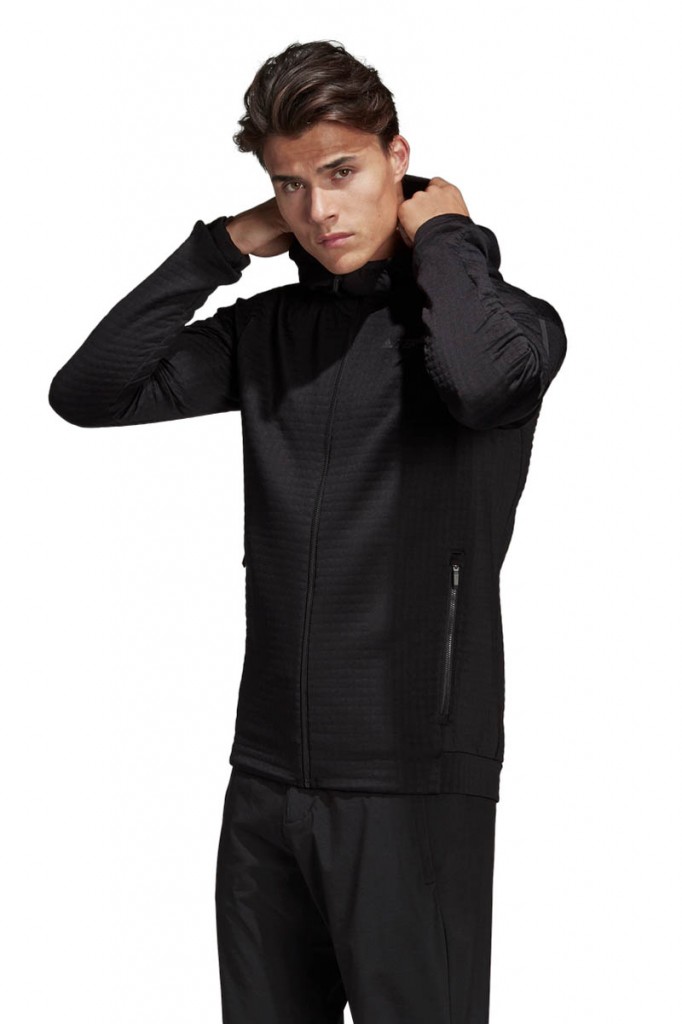Fast fashion. Animal welfare. Ethically sourced. What we wear, and how it’s made, is hitting the headlines as we become more aware of the impact the clothes on our back are having on the planet.
Consumers are clueing up to it and manufacturers are reacting. Although one is leading the way…
Sponsored feature
Polartec, as a brand, has consistently proved its commitment to solving problems at their source, without sacrificing our comfort and the technical capabilities of fabric. And none so important as the environmental consequence of what we’re all wearing.
Every time we wash, wear and pack our clothes, they shred tiny microfibres barely visible to the naked eye. It’s a natural result of daily wear and tear. But there’s only one place for those microfibres to go – and that’s into the environment.
This is where Polartec comes in. Pioneers of eco-engineering sustainable fabrics, Polartec invented the process of knitting technical fleece from post-consumer plastic bottles in 1993. Upcycling well over one billion bottles to date and continuing to lead the industry in offering fabric technologies made of recycled content.
Earlier this year, Polartec introduced Power Fill insulation with 100 per cent post-consumer recycled content. This further reduces environmental impact by eliminating the need for wasteful and non-recycled carrying agents used in other insulation options.
And now Polartec launches Power Air. What’s special about Power Air? It’s a brand new insulating fabric that sheds five times less than other premium mid layer fabrics available on the market. That’s five times fewer microfibres being released every time you wash.
Polartec Power Air works by encapsulating lofted fibres within a multilayer, continuous yarn fabric construction. This revolutionary new platform offers advanced thermal efficiency and is proven to shed five times less than other premium ‘mid-layer’ weight fabrics.
“By using the efficiency of encapsulated air to shelter lofted fibres, Power Air will drastically improve how fabrics perform over their lifetime with respect to versatility, comfort, and sustainability,” says Gary Smith, Polartec CEO. “We’re only beginning to realise the potential for this new type of fabric construction.”
The first brand to jump at the chance of using Power Air is Adidas. The sporting giant has caught on to the fact that the fabric’s two distinct surfaces provide a wider design versatility than most insulation fabrics. Making it ideal for fleece jackets and jumpers – particularly mid layers. And keeping athletes and adventurers warm, without overheating. The Adidas Terrex Polartec Power Air Fleece Jacket has just been launched on to the market. Described by Adidas as: “Keep warm while keeping your conscience clear. Made from un-brushed, low-shedding fleece material, this versatile jacket is the perfect addition to your winter gear. A high collar and soft wrist cuffs trap heat inside to keep you cosy all day without overheating. An adjustable, visored hood provides personalised comfort.” Polartec is particularly proud of this association and respected outdoor wear manufacturers, Mammut and Houdini plan to start working with Power Air in the future.
Insulation that effectively regulates core body temperature has traditionally been achieved via lofted or high-pile knit structures that hold warm air. Although Polartec is a leader in making resilient materials, it has recognised that any exposed fibre is susceptible to shedding as a function of normal wear. The Polartec Power Air construction process mitigates this by encasing the insulating lofted fibres within the knitting process.
While creating a more environmentally sound construction was the initial inspiration for Power Air, the innovation also enables greater design versatility, with distinctive visual signatures. The initial release features an internal grid structure on one side not unlike ‘fabric bubble wrap’ which simultaneously holds air and increases breathability, while the other side features a smooth, durable outer surface that resists pilling and minimises drag.
As the first fabric construction to encase air with a continuous yarn, Polartec Power Air is a foundational technology platform that will eventually provide shedding reduction to all existing apparel categories (including insulation, lightweight next to skin, and extreme weather protection). The innovation has recently gained recognition from the World Textile Information Network with its Future Textile Award for Best Innovation: Sustainable Textiles.
“Polartec has never shied away from solving tough, intractable problems,” says Mike Rose, Polartec vice-president of product development. “Power Air has the potential to be our most significant development since pioneering the process to knit fabrics made of post-consumer plastic bottles.”
Polartec has invested more resources in the development of Power Air than any other in its history. It represents the culmination of a multi-year development consisting of thousands of work hours and dozens of iterations and is the latest product of Polartec Eco-engineering. Eco-engineering is the process by which Polartec deploys recycled inputs, advanced production techniques, highly efficient logistics, and rigorous testing and certifications to create an unrivalled innovation pipeline devoted to producing sustainable fabrics with elite performance characteristics.
Throughout its history of innovation, Polartec has built many unique, robust and repeatable testing protocols that emulate a lifetime of use and abuse from serious athletes and professionals. In the case of Polartec Power Air, a whole new testing protocol had to be invented to measure shedding due to home laundering. The protocol simulates dozens of launderings in a single cycle to accurately capture any microfibres lost in a lifetime of use. The test then accurately determines the percentage of weight loss due to shedding.
“We always have new textile innovations in the pipeline,” says Michael Cattanach, global product director at Polartec. “Power Air is not just a new fabric but a platform for Polartec to continue its history of environmentally responsible developments.”
“Polartec Power Air is more than solving a problem and creating a new platform,” says Gary Smith, Polartec CEO. “It’s a brand statement about the power of fabric.”
More details about Power Air can be seen on the Polartec website.



